 Editor's Note: This post is part of a weekly series titled the Promised Land Post where author David G. Woolley sheds his bloggish sensibilities and delves into the research and inspiration behind the characters and story lines of his Book of Mormon Promised Land Historical Fiction Series. Come back each week and enjoy another installment from The Promised Land.
Editor's Note: This post is part of a weekly series titled the Promised Land Post where author David G. Woolley sheds his bloggish sensibilities and delves into the research and inspiration behind the characters and story lines of his Book of Mormon Promised Land Historical Fiction Series. Come back each week and enjoy another installment from The Promised Land.An editor I once worked with offered a suggestion that the character Shechem King of Robbers in the Promised Land Series was too Robber-like to be credible. He was cliché. Did he really need to dress in so much black? Black cape? Black sashes? Black robes? He didn't buy the short yes answer so I offered him something a little longer like this:
The inspiration for the character Shechem came, in part, from an actual Robber King by the same name who lived in the caves near Jerusalem though in a different era than Lehi. Dressing him in black wasn't just good drama, it was fashionable history. Archaeologists found this scarf left by an ancient middle eastern grave robber caught in the act of plundering a tomb. For the religiously inclined of the day, it was an unthinkable act of thievery. If the perpetrator were a member of the community he was betraying his own religious beliefs. The gold and silver rings left with the deceased were needed for a wealthy afterlife. But if the theft were committed by an ancient robber who didn't share the same beliefs as the culture on which he preyed, a grave made the perfect target.
Robber. Thief. What's the difference? In your world they're likely the same bad guy. An untrustworthy no good who stole a woman's purse. A bank robber. A con man. Maybe even a Mafioso. They take what isn't theirs and if the justice system does its job, they get what they deserve.
Robbers and thieves were a more differentiated lot in the ancient Old World of Lehi's Jerusalem and their traditions likely influenced the rise of robber bands in the Americas. Take your neighbor living down the street in the one story hand-cut limestone Egyptian-style home of Jerusalem's Lower City. You know his name. Jonah. You shop at the same market and draw water from the same well. You're a blacksmith. He's a stone cutter. Your kids play leap frog together. Its a game that's sure to be around a long time. You have no reason not to trust Jonah, but when you leave your new ax near the trunk of a dead olive tree, Jonah can't resist the temptation. He takes it and becomes what ancient Jerusalemites called a thief.
Here's a description of some differences between thieves and robbers taken directly from the historical novel Pillar of Fire (Chapter 2, page 26)
Thieves were loners, working their craft among their neighbors. They stole bread from the baker, sheep from the farmer and coins from a blind man’s purse. And for their crimes they were to make a sin offering at the temple.
Robbers were ruthless outlaws, burning farms and besieging villages, plundering the trade route, and raining terror down on whole cities from their mountain hideouts. With their oaths, they planted men on government councils and assassinated heads of state. And for their crimes, they were not tried by a judge. Jewish law allowed them to suffer beheading by the first man to catch them.
No wonder Captain Laban called Nephi's older brother, Laman, a robber rather than a thief. He was justifying attempted murder while telling every servant and soldier within the sound of his voice that his house guest was fair game. A fairly Israelite-law-savvy cover for his crime. It was also a not-so-subtle legal order to kill (1 Nephi 3:13).
Ancient robbers belonged to an organized group. A band. In some cases it grew into an entire society with its own cultural identity. Members took an oath of loyalty, paid homage to a priestly order of appointed officials who either developed their own religious doctrine and law or borrowed it from previous bands of robbers. Positions like high priest, king, and prince were not out of place. They understood that intertwining a hierarchical government with the trappings of religious zeal was critical for the long term survival of their way of life.
In one of the most telling documents ever recovered from antiquity, the Robber King Giddianhi, in a letter to Lachoneus, the chief governing officer of a group of ancient Americans, details the secret oaths and ruthless means employed by robbers (see 3 Nephi 1-10).
Ancient robbers were parasitic, robbing society of its wealth by taking advantage of its decaying morality, but not entirely destroying it. Without a host culture they had nothing on which to prey. To protect their identity from the uninitiated they administered oaths of secrecy, planted loyalists on government councils, and bribed judges.
With the growth of a band, robber kings, priests, and princes, like Shechem King of Robbers, added ceremonial clothing, medallions and rings to their vestments to convey their authority. The name Shechem is borrowed from Israelite sacred history. Shechem may have taken his name from the holy site north of Jerusalem where the arc of the covenant and other sacred emblems were kept safe until Solomon's temple was built and they were transported to the capital city.
Robbers mimicked the sacred rites and clothing of their host cultures. Capes, flowing robes, sashes, ornamental belts, and loin clothes were important ritual clothing. All of it black.
So the next time your editor suggests a different fashion statement for one of your characters or maybe the addition of some stylish alternative color selections to their wardrobe, tell him Shechem sent you.
_________________________
Join author David G. Woolley at his Promised Land Website. He is also a weekly contributor to the Latter Day Authors blog and he writes commentary and opinion at the Utah Ranger's Far Post blog

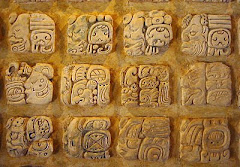
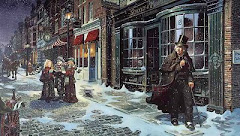



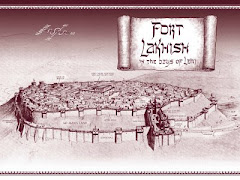



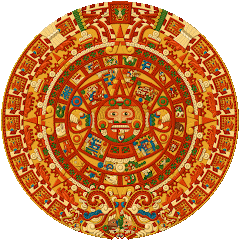

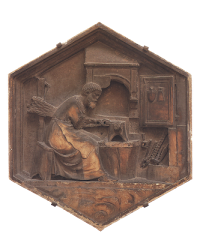

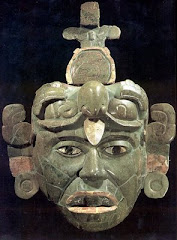



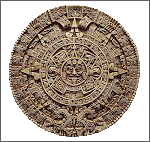

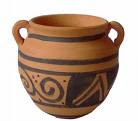
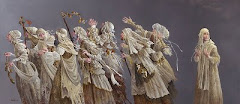




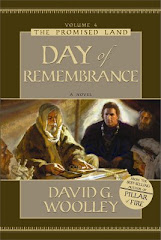




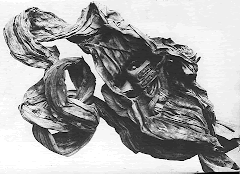




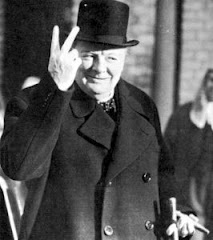
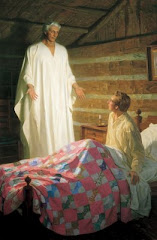


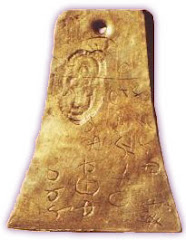


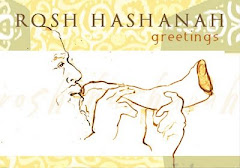


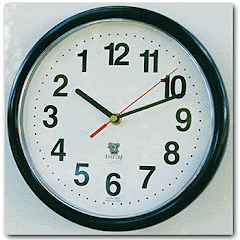

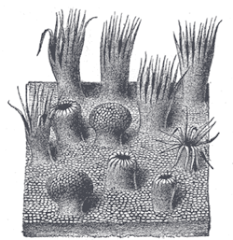
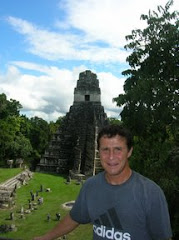


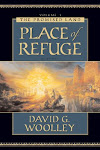
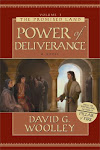

No comments:
Post a Comment